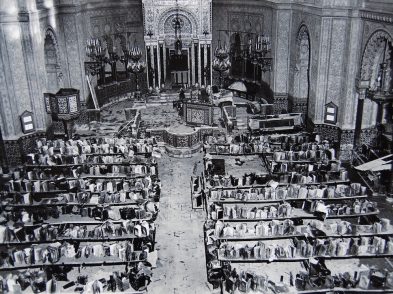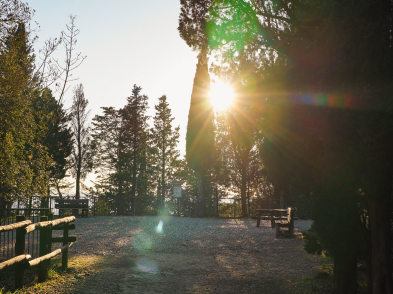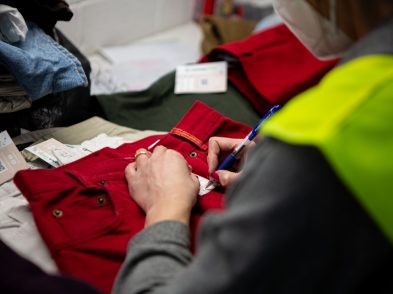The night of October 5, 1600, was an important one for Maria de’ Medici, daughter of grand duke Francesco I and Giovanna d’Austria: this was the date of her marriage by proxy to Henry IV, King of France. The wedding took place in Florence’s cathedral with the grand duke standing in for the King, and then there was a great party in the Sala dei Cinquecento in Palazzo Vecchio – the kind of party that people would talk about for centuries to come!
The exhibit Dolci trionfi e finissime piegature at Palazzo Pitti from March 10 to June 7, 2015, uses historical accounts, documents and drawings to reconstruct the impressive wedding banquet. Artists of the status of Bernardo Buontalenti, Jacopo Ligozzi and Pietro Tacca were involved in designing statues, furniture and virtual stage-sets that would impress guests to the point that it was worth writing a memoir about it (this was written by Michelangelo Buonarroti the Younger and published not more than a month after the event).

Buontalenti created a huge, morphing credenza to display some 2000 pieces of Medici treasures. This temporary structure in the shape of the French lily has been re-imagined by students and professors of the Accademia di Belle Arti di Firenze and has been designed to impress vistors to the museum in a similar way to the way banquet guests were impressed by the huge object back in 1600.
In front of the credenza is a (small) re-evocation of the original head table, which would have been laden with more food than we can imagine, but here we have “only” the artistic aspects. Much appreciated by all were two things: sculptures made of sugar in imitation of bronzes by Giambologna, and brilliantly folded napkins in all sorts of animal shapes. The sugar sculptures have been recreated by the Chianti-based firm Fonderia Del Giudice, normally a foundry for more traditional materials, who took on the challenge of reviving this lost art. Without being able to make casts from the small bronzes that they were to reproduce in sugar, they first had to model them in clay, then make gesso versions and casts into which to pour liquid sugar. They perfected the formula for these small statuettes, though we have records that indicate that some of the original ones were much larger.

The folded napkins and paper sculptures also delight our eyes on this table. A treatise of 1629 by Mattia Giegher comes down to us with drawings of how to fold napkins in all sorts of complex forms; modern artisan Joan Sallas has taken it upon himself to follow these directions and create the museum pieces now on display.

The exhibit also includes documents, drawings and paintings that recall the important political union created with the French marriage. Dolci trionfi serves to remind us that much of the Renaissance was ephemeral. For this wedding, of the elaborate stage sets, plant material, sugar sculptures, folded fabrics, music, performance and more, all we have left really are documents. Which is why it is so impressive and important that the archival research carried out by Giovanna Giusti and Riccardo Spinelli has been visualized and reconstructed, if only in part, for the modern public. It’s a way to better understand the sumptuousness and artistic genius of the late Renaissance in a form that is immediately apprehensible.
Visitor Information
Exhibit connected to the Expo 2015 celebrations in the theme of food.
Dolci trionfi e finissime piegature: Sculture in zucchero e tovaglioli per le nozze fiorentine di Maria de’ Medici Galleria Palatina di Palazzo Pitti March 10 to June 7, 2015







